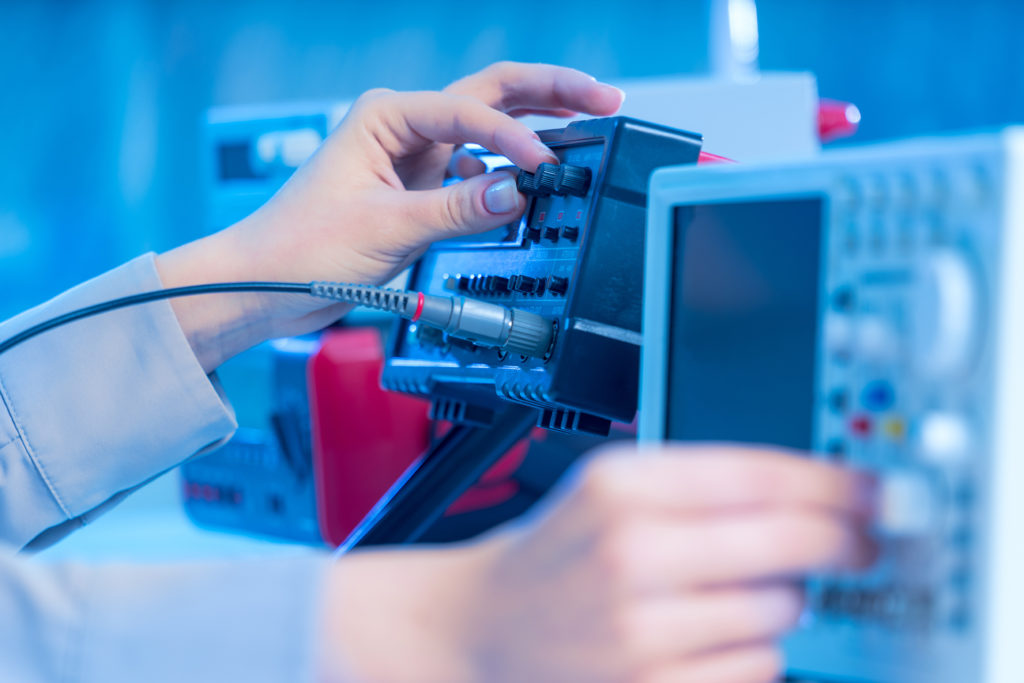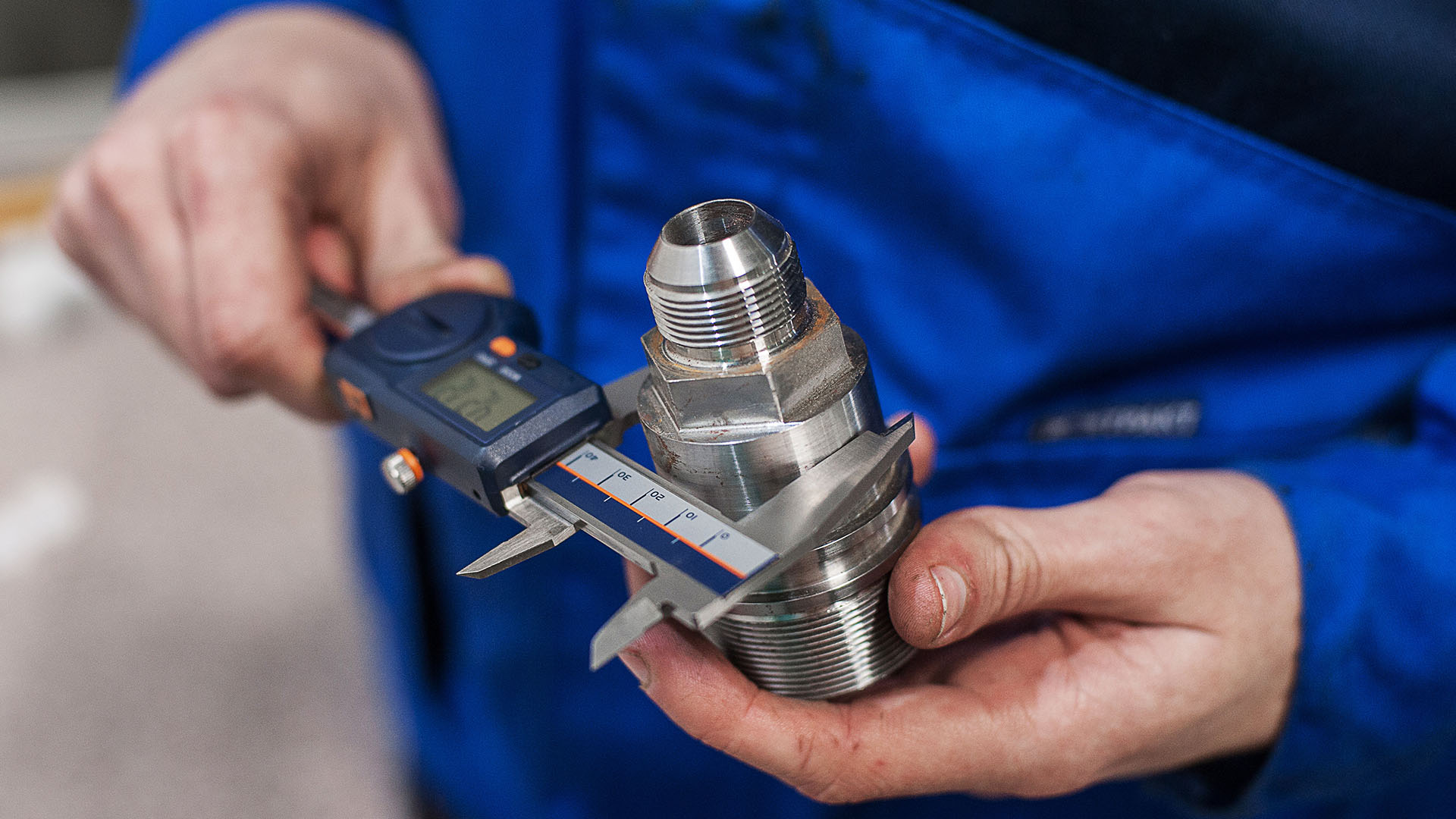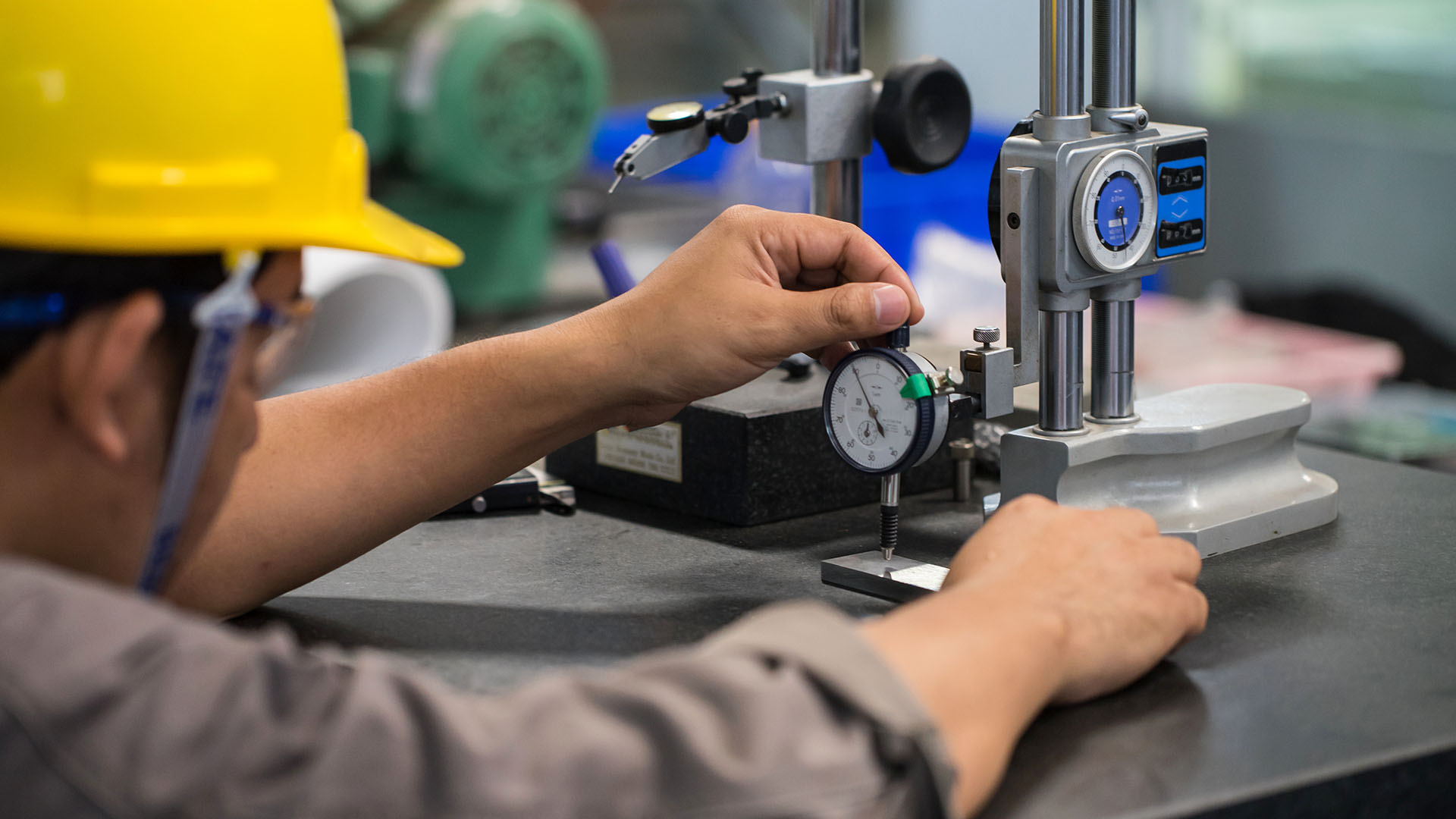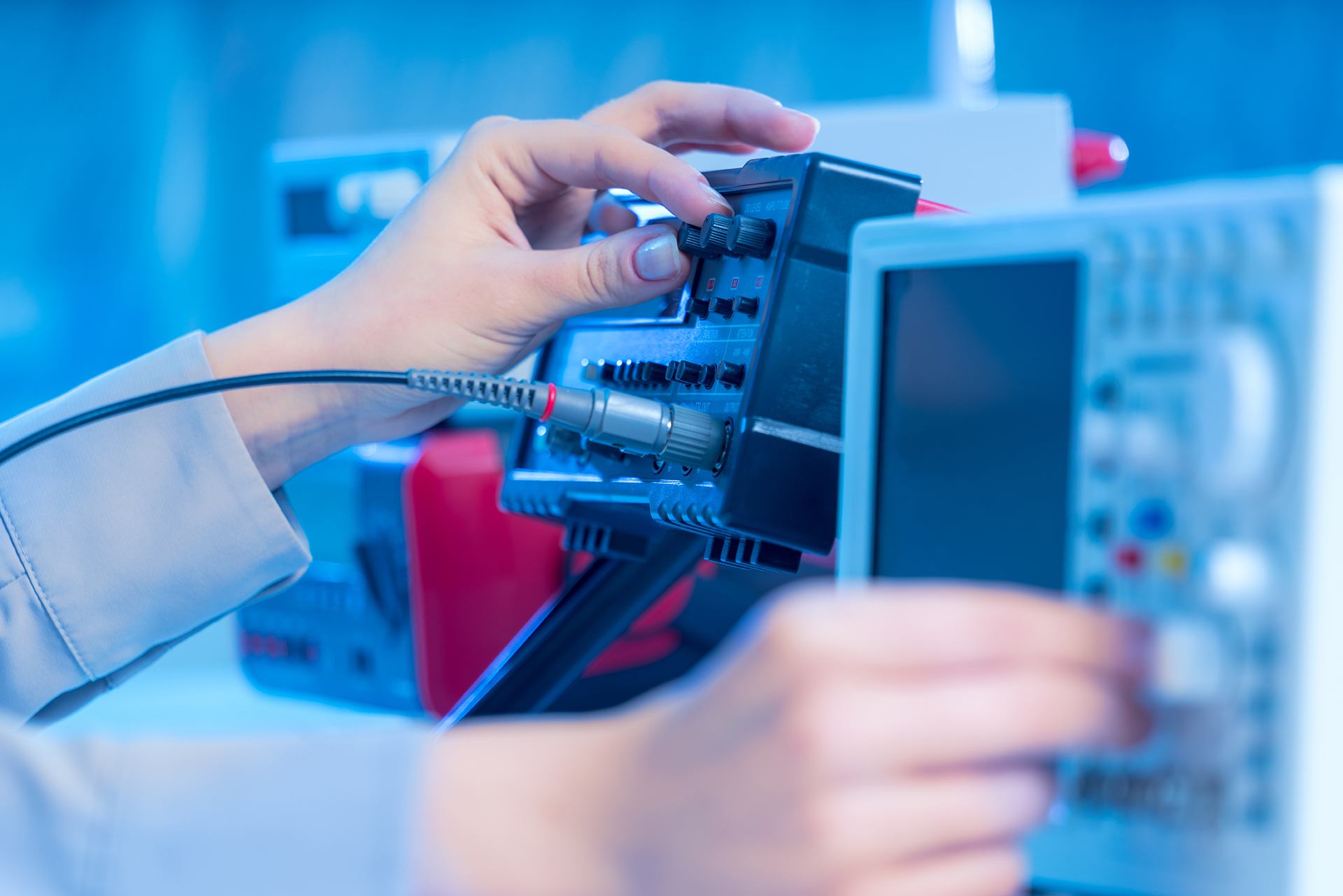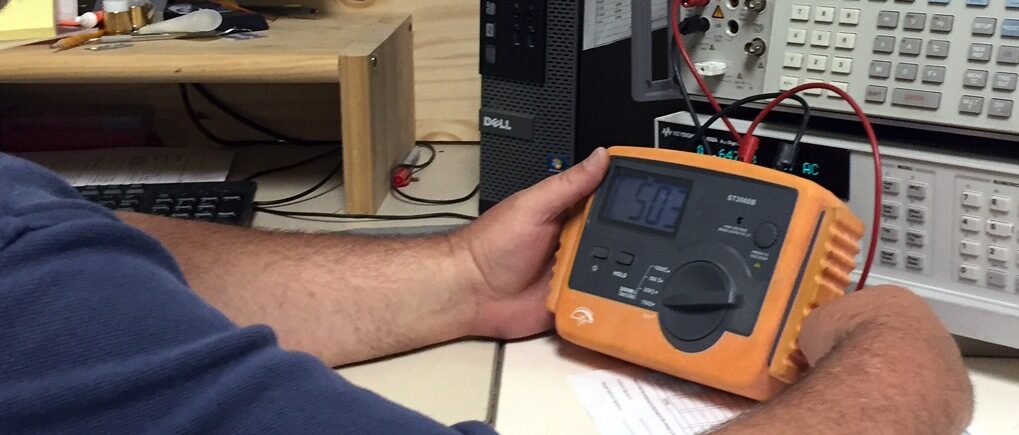Determining the optimal frequency for multimeter calibration is crucial for technicians and engineers who rely on these devices for precise measurements. While most manufacturers provide general calibration interval guidelines, several factors should be considered when deciding how often to calibrate your specific multimeter. This article explores the key elements that impact calibration frequency and provides best practices for maintaining accuracy.
The Importance of Regular Calibration
Frequent calibration is vital for ensuring accurate multimeter readings over time. As these instruments experience natural drift, periodic adjustments are required to realign their measurements with known standards. Calibrating at regular intervals helps detect and correct any deviations, providing confidence in the reliability of your data.
Most manufacturers recommend annual calibration as a general guideline. However, your specific calibration needs depend on the precision level required, environmental conditions, and other usage factors. In some cases, more frequent calibration may be advised to account for heavy usage or operation in harsh environments. Identifying the right balance for your needs delivers optimal accuracy while avoiding unnecessary downtime and costs.
Factors that Influence Calibration Frequency
Several key factors should be evaluated when determining appropriate calibration intervals for your multimeter. These include:
Precision Level: Multimeters used for mission-critical or high-precision applications may require more frequent calibration, such as every 3-6 months. Typical benchtop multimeters often need only annual checks.
Environmental Conditions: Meters exposed to extreme temperatures, humidity, vibration, or other harsh conditions can drift faster, necessitating shorter intervals between calibrations. Stable lab environments generally require less frequent adjustments.
Usage Level: Heavily used meters benefit from more frequent checks, especially handheld types prone to drops and damage. Light-duty benchtop models may only need annual calibration.
Accuracy Requirements: Applications demanding exceptional precision usually require 3-6 month intervals. Typical electronic work can often rely on annual calibration.
Calibration Costs : While frequent calibration incurs higher costs, it reduces measurement uncertainty and prevents potential rework. The optimal balance depends on your accuracy needs.
National Standards: More frequent calibration is advised where multimeters must adhere to strict regulatory or national standards. Typical in-house applications have more flexibility.
By carefully weighing these factors against your specific needs, you can determine the ideal calibration frequency for your situation.
The Calibration Process
Establishing calibration procedures and controlled conditions is vital to maintaining accuracy. Here is an overview of the typical multimeter calibration process:
Location: Calibration should occur in a temperature/humidity-controlled laboratory when possible. This minimizes environmental variables that could influence readings.
Equipment: A certified reference instrument traceable to national standards and any accessories specified by the manufacturer should be used. Current calibration certificates are essential.
Procedure: The manufacturer’s instructions should be followed precisely. Readings are compared against the reference instrument and adjusted accordingly via potentiometers.
Reporting: Detailed calibration reports should be maintained, including the technician’s findings, test data, and any adjustments made.
Labeling: Upon successful calibration, the multimeter should be labeled with the date and next due date for easy tracking.
Proper calibration equipment combined with controlled conditions and detailed reporting ensures accuracy and traceability.
Common Calibration Mistakes
Certain common mistakes can undermine the effectiveness of multimeter calibration:
- Using incorrect or uncertified calibration tools
- Neglecting controlled environment requirements
- Failing to label instruments with calibration date
- Skipping detailed reporting/documentation
- Disregarding manufacturer’s instructions
- Conducting field calibrations unnecessarily
Avoiding these pitfalls is key to optimizing your calibration investment and results.
Best Practices
Adhering to calibration best practices ensures your multimeter performs at its highest accuracy:
- Follow manufacturer recommendations for calibration frequency
- Use proper certified equipment traceable to standards
- Perform calibration in controlled environments when possible
- Complete thorough documentation/reporting
- Label the multimeter with the dates calibrated and the next due
- Check batteries/power before calibrating
- Allow proper warmup time before calibration
- Verify accuracy with external reference source
Combining these best practices with the correct calibration frequency delivers reliable, accurate multimeter performance.
Careful and Regular Calibration is Key
Determining the optimal calibration frequency requires balancing accuracy needs with usage levels, precision requirements, and costs. While most multimeters require annual calibration, those used in mission-critical apps or harsh conditions may need 3-6 month intervals.
Careful evaluation of influencing factors and proper calibration procedures, equipment, and documentation deliver reliable measurements. Regular calibration provides confidence in the accuracy of collected data, avoiding potential issues.
Elevate your measurement accuracy with EML Calibration! Need more certainty about multimeter calibration frequency? Our experts will guide you through the factors influencing it and provide best practices for optimal results. Don’t compromise accuracy—check out our calibration services now!

